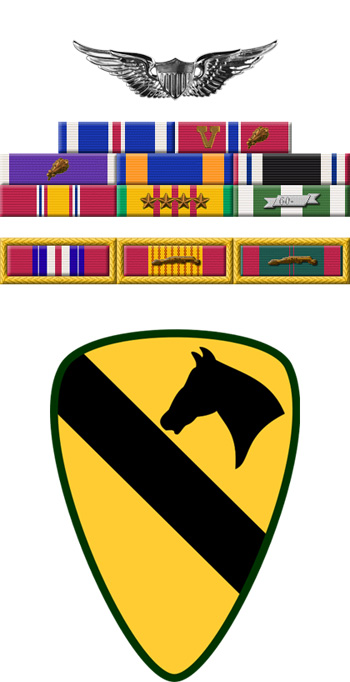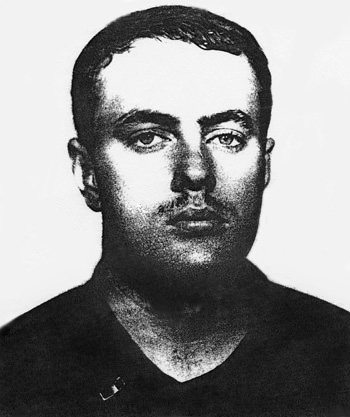Mike Varnado was born on September 10, 1948, in Ferriday, Louisiana. He enlisted in the Warrant Officer program for helicopter pilot training in the U.S. Army on August 9, 1968, and was appointed a Warrant Officer and awarded his Aviator Badge at Fort Rucker, Alabama, on August 11, 1969. WO Varnado immediately deployed to Southeast Asia as a UH-1 Huey pilot with Company B of the 229th Aviation Battalion, 1st Cavalry Division, in South Vietnam. The helicopter he was piloting was hit by ground fire and forced to crash in Cambodia on May 2, 1970, and he was taken as a Prisoner of War. CW2 Varnado died in captivity at the hands of his captors on September 21, 1970, and his remains were returned to the U.S. on July 27, 1989. He was buried at the Natchez City Cemetery in Natchez, Mississippi.
His Distinguished Flying Cross Citation reads:
Chief Warrant Officer Michael B. Varnado distinguished himself by conspicuous gallantry against an armed enemy of the United States on 2 May 1970 while flying a resupply mission in the vicinity of Tay Ninh Province, III Corps Tactical Zone, Republic of South Vietnam. Chief Warrant Officer Varnado's aircraft did not have a mission this day, so when he learned that American units participating in the Cambodian invasion needed supplies, he volunteered his aircraft and crew to resupply the units. After flying several resupply missions and was about to return to his home station, he monitored a radio transmission requesting one of the other helicopters who was enroute to his home station to return to fly an emergency mission of tank parts and classified documents to a fire support base across the border in Cambodia. Without hesitation, he interrupted the transmission, stating he would fly the mission because he was on location and the other aircraft would not have to return. Upon takeoff, it was noticed that the weather was closing in and it would be very difficult to get into the fire support base. He attempted to get around the storm, but discovered it was too large. Knowing that the cargo he was carrying was badly needed by the unit on the ground, he headed his aircraft directly into the storm in an attempt to resupply before darkness. Shortly after entering the storm the aircraft started taking fire from a .51 caliber anti-aircraft gun. He immediately got on the controls and began evasive action but to no avail. The aircraft took many hits in the underside and tail. The ship then started on fire because the hydraulic lines had been severed by bullets. The ship was now very difficult to control with no hydraulic assists. The fire became so intense that Chief Warrant Officer Varnado had to relinquish controls to Chief Warrant Officer Maslowski and then tried himself to get emergency calls out. While looking for a place to land, he kept getting on the controls momentarily to help bring the aircraft in safely. With complete disregard for his own safety, he stayed in his seat and assisted Chief Warrant Officer Maslowski in setting the burning aircraft down safely. Shortly after exiting the aircraft, a fire fight ensued, in which Chief Warrant Officer Varnado was wounded and then captured. His wounds over the next few months due to lack of medical attention, proved fatal. The heroism displayed by Chief Warrant Officer Varnado is in keeping with the highest traditions of the military service and reflects great credit upon himself, his unit, and the United States Army.
|



